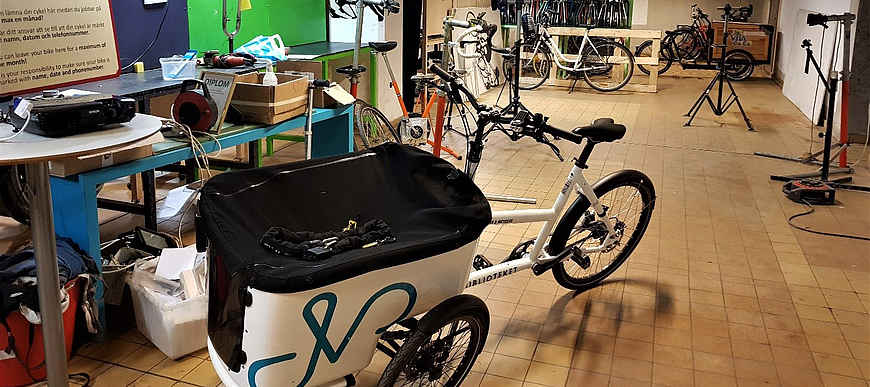Cycling innovations that can lead to systemic change
Cycling is still not considered seriously as a transport mode in most European countries, where years of planning in favour of motorised vehicles have made it difficult to fit cycling into the transport landscape. This project has gathered experience from three leading cycling centres in Europe by assembling a group of cycle experts. Together they have identified cycling innovations from the Province of Utrecht, City of Copenhagen and City of Malmo that can be scaled up and implemented elsewhere.

Bicycle schools, bicycle kitchens and a regional network of bike lanes – are they innovations?
A cycling innovation is not necessarily a technical gadget attached to your bike. Systemic cycling innovations in this project are measures:
- with the aim to increase cycling mode share;
- which are new in the place in which they are implemented; and
- which contribute to a system change in the authority.
This means that adopted and implemented concepts and solutions in one city can be an innovation in another city. Through increasing cycling mode share, the innovations also contribute to reaching the EU climate goals. This was a focus of the project which was co-funded by Climate-KIC (by European Institute of Innovation & Technology).
Innovations with scaling potential
Besides the important exchange of information and skills that resulted from workshops and cycling study visits, 3 innovations from each region are described to exchange experience and further support scaling potential of the innovations.
In total, 9 innovations are described, including:
- Bicycle streets. This is infrastructure where the cars are the guests and must give right of way for cyclists. They generated high interest among the Nordic colleagues and are under consideration for implementation both in Copenhagen and Malmö.
- Bicycle kitchen. The City of Malmo with its strong social and artistic culture initiated a makerspace together with a group of bicycle lovers. Today “The Wedge” (historically used to build ships) is home to both a “fix your own bike”-workshop and a space for other grassroot movements to gather as the current “Car free streets”-initiative.
- Cycle super highways. In Copenhagen the regional network of cycle superhighways is recognised by the orange arrows in the streets. By connecting and improving regional lanes with the aim of accessibility, availability, comfort and safety, the concept creates an attractive option, encouraging commuters to leave the car.
How to generate a scaling effect?
What it all boils down to is making cycling a serious mode of transport, and a used mode of transport. What increases the share of cycling in a city depends on both the current infrastructure situation and road culture, general political ambition and often good timing.
More information
Read more information about each innovation below to learn about the success factors and barriers to each and one of them.
- Bicycle Freight Company – MOVEBYBIKE
- Bicycle streets
- City of Copenhagen – Crowdsourcing bicycle investment hotspots
- City of Copenhagen – Cycle Superhighways
- City of Copenhagen – Focusing on simplicity
- City of Malmö – Bicycle kitchen
- City of Malmö – Elevated bicycle crossings
- Region of Utrecht – Cycle implementation plan
- Utrecht – Bicycle school
Get in touch if you want to find out more!
Malin Mårtensson, +46 10 456 56 35

